In UAV systems, accurate and reliable perception of their own attitude (pitch, roll)/motion state is the core foundation for achieving stable flight, autonomous navigation and precise control. The IMU built-in sensor data is integrated in real time to output high-precision heading, pitch and roll angle information. This is the fundamental premise for the flight control system to achieve autonomous and stable hovering, resist wind disturbance, perform smooth route flight and complete precise maneuvers (such as rolling and circling).
MEMS IMU has become a key sensor for UAV flight control systems due to its miniaturization, low cost and mass production. As a high-performance tactical-grade MEMS IMU, the ER-MIMU-103 is designed to meet the stringent requirements of UAVs for high precision, high stability, small size and low power consumption.
How does multi-sensor collaborative perception ensure measurement accuracy?
As a complete inertial measurement unit, ER-MIMU-103 has built-in 3-axis gyroscope, 3-axis accelerometer, 3-axis magnetometer and barometer (altimeter).
Three-axis gyroscope: The measurement range is ±400º/s, which can accurately capture the angular velocity changes of the drone during high-speed maneuvers (such as dives and rollovers). Bias instability is <0.1º/h, which effectively avoids attitude loss due to cumulative errors; the angle random walk is 0.05º/√h, which ensures measurement stability during sudden gusts of wind.
Three-axis accelerometer: ±30g measurement range, bias instability is 10μg, which can not only sense the tiny acceleration (such as airflow disturbance) when the drone is flying steadily, but also cope with intense sports scenes such as takeoff and emergency stop.
With full temperature compensation (-40°C~80°C), it can maintain measurement accuracy in high and low temperature environments, solving the problem of accuracy degradation caused by temperature drift of traditional MEMS sensors.
Auxiliary sensors enhance perception: The three-axis magnetometer has a dynamic range of ±2.5Gauss and a resolution of 120uGauss. It can use the geomagnetic field information to assist in correcting the drone's heading in complex environments (such as canyons and forests) without GPS signals to maintain a stable course; the integrated pressure sensor covers a pressure range of 450~1100mbar with a resolution of 0.1mbar. It can sense air pressure changes in real time and provide supplementary data for the drone's altitude-fixed flight.
How does the design meet the needs of drone scenarios?
Compact package (47mm x 44mm x 14mm), thickness compressed to 14mm, weight only 40g. This miniaturized design minimizes the space and weight occupied by the drone payload, leaving space for batteries or other key equipment.
All sensor motion tests and calibrations are completed in the factory, and users do not need to perform complex secondary calibration, which greatly shortens the system integration cycle. The communication interface uses 1-way SPI, which is convenient for quick docking with the drone flight control system to meet real-time data transmission needs.
Application Techniques
1.Do you know the core components that give precise control to automated equipment
2.High-performance IMU: A New Benchmark for Precise Measurement and Control
3.Industrial Versatile Tool: High Cost-Performance IMU Meets Diverse Needs
4.Flight safety secrets: The core role of high-precision IMUs in aviation
5.Revolutionizing drone navigation: How to redefine high performance and low cost
6.From flight control to fault diagnosis, how does IMU dominate drones?


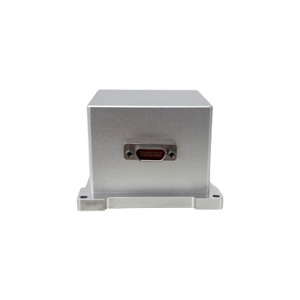
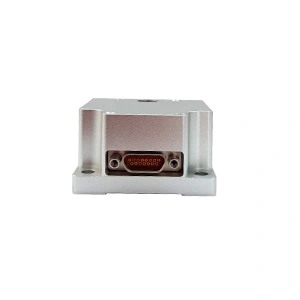
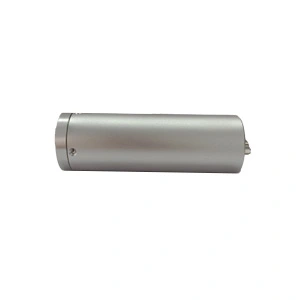

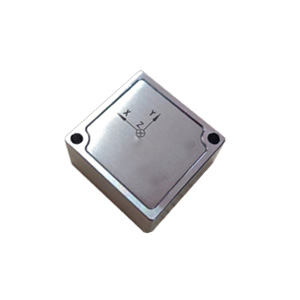
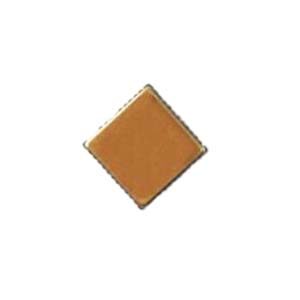 Economical MEMS Gyroscope
Economical MEMS Gyroscope